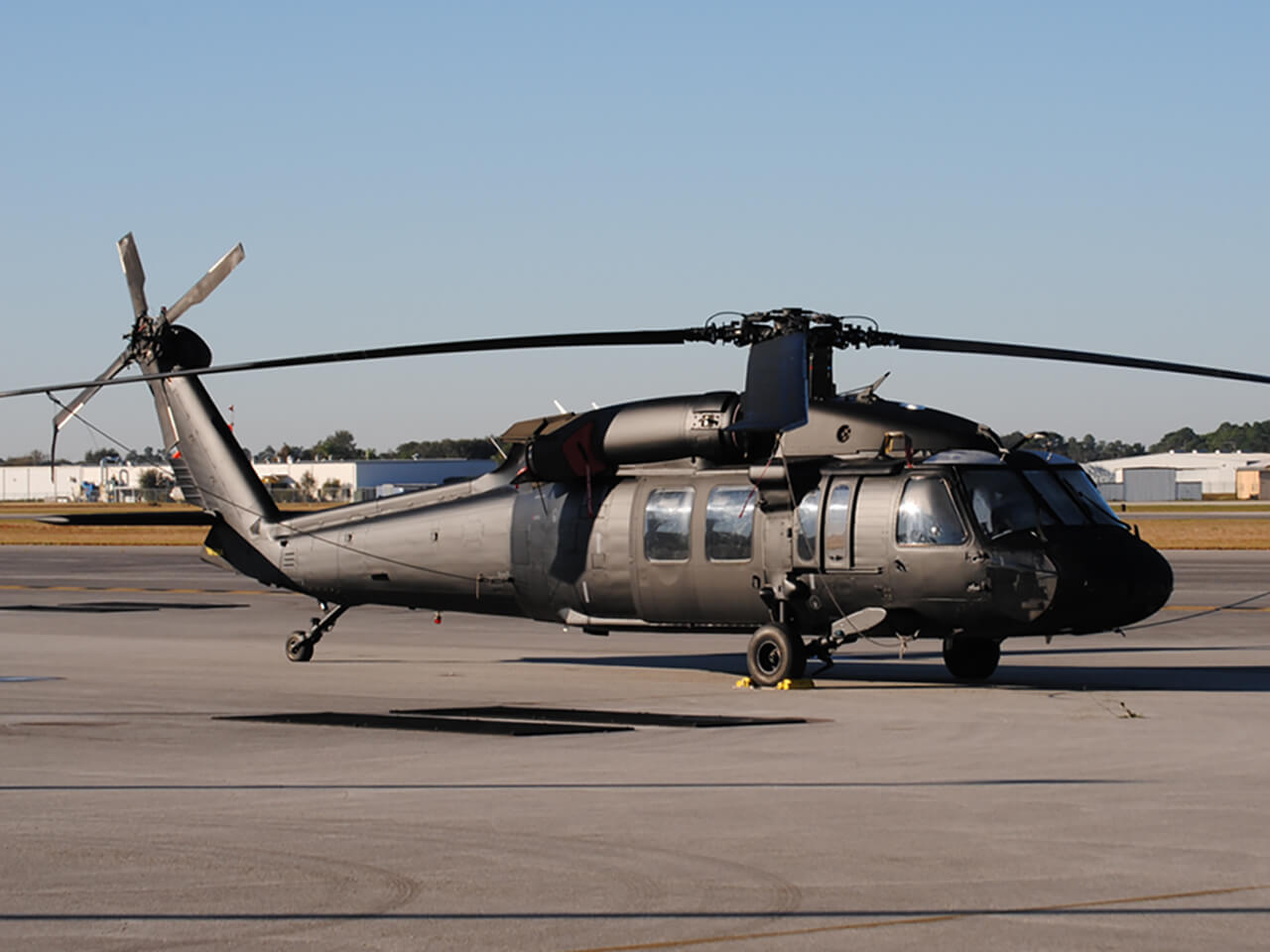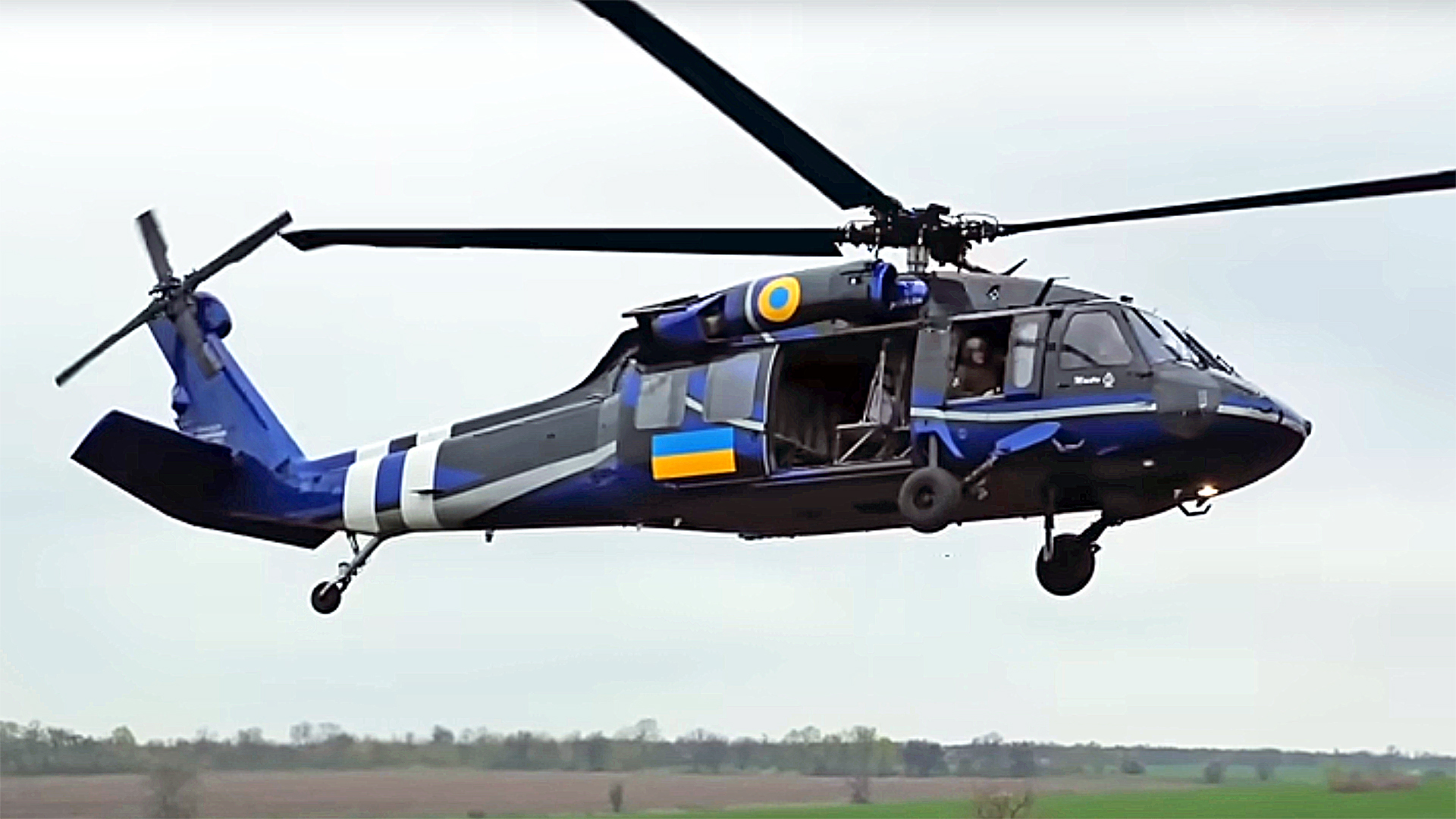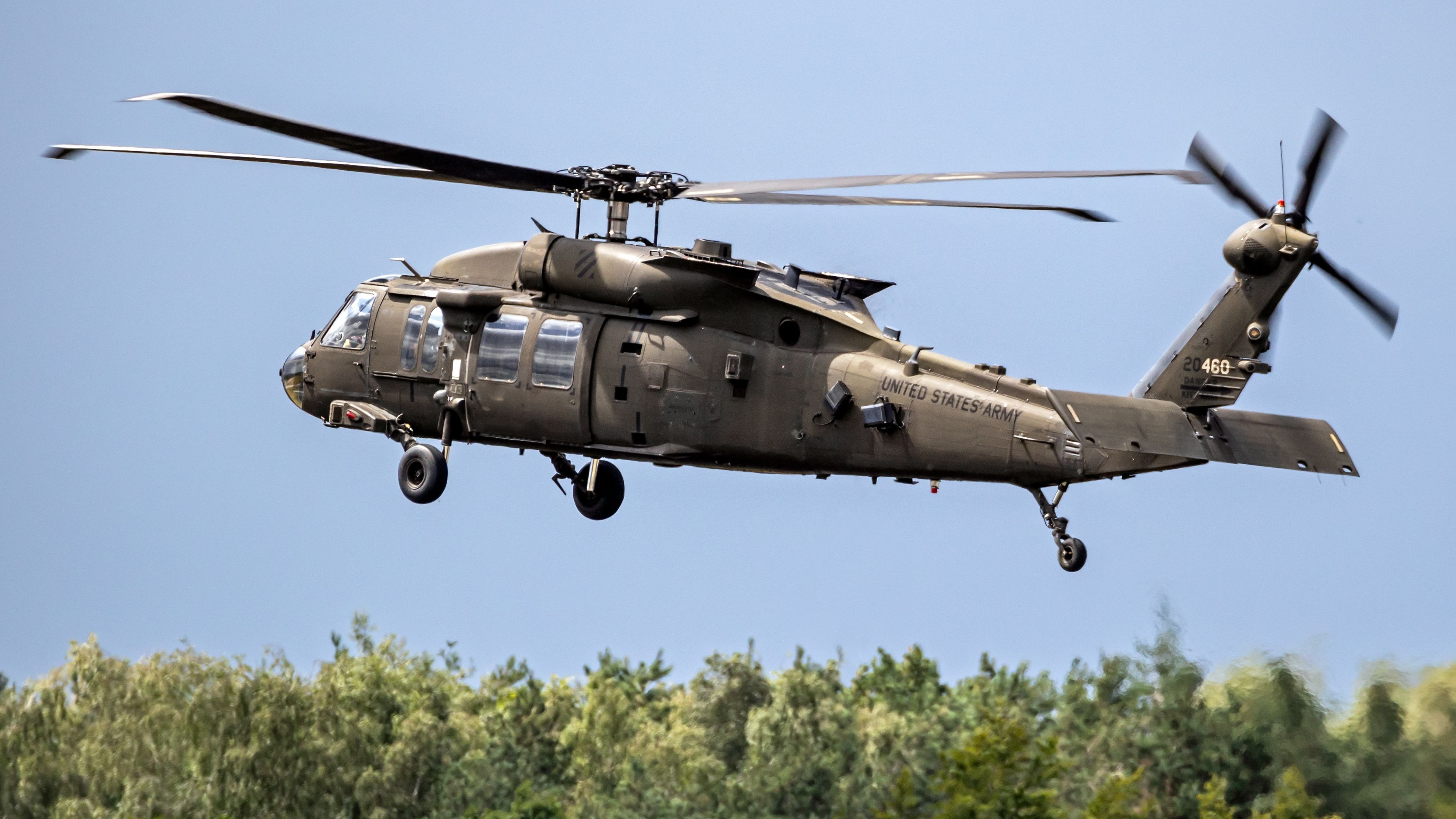The UH 60’s Enduring Legacy in Military Aviation and Its Global Impact
The UH 60’s Enduring Legacy in Military Aviation and Its Global Impact
Blog Article
Discovering the Background and Development of the UH 60 Helicopter

Beginnings of the UH-60
The origins of the UH-60 helicopter can be traced back to the late 1960s, a duration noted by the demand for a versatile utility aircraft that might adjust to the developing needs of modern-day war. The U.S. Military recognized the necessity for a substitute for the older UH-1 Iroquois, which was becoming increasingly insufficient for the intricacies of contemporary fight circumstances. In 1967, the Army started the Utility Tactical Transport Aircraft System (UTTAS) program, which looked for to establish a multi-role helicopter efficient in various goals, consisting of troop transport, medical evacuation, and logistical support.
The UH-60 Black Hawk was introduced, showcasing innovative layout components and advanced technology that established it apart from its predecessors. The UH-60 rapidly obtained recognition for its robust performance, dependability, and adaptability, leading the method for its comprehensive use in military procedures and solidifying its standing as a cornerstone of United state Army aeronautics.
Secret Layout Functions
Cutting-edge design functions of the UH-60 Black Hawk considerably add to its operational efficiency. Among the most remarkable aspects is its twin-engine setup, which boosts dependability and gives a higher power-to-weight ratio, making it possible for the helicopter to perform under different problems. The aircraft's four-blade primary blades system provides boosted lift and maneuverability, essential for tactical goals.

Additionally, the cabin is made for optimal presence and comfort designs, including innovative avionics that improve pilot operations. The modular layout of the UH-60 permits very easy upkeep and adaptability, making it appropriate for various objective accounts, from troop transportation to medevac procedures. These essential layout features make certain that the UH-60 Black Hawk remains a functional and trustworthy asset in armed forces aviation, efficient in meeting the demands of contemporary war.
Technological Improvements
Current technological developments in the UH-60 Black Hawk have actually significantly enhanced its operational abilities and convenience. The integration of sophisticated avionics, such as electronic trip control systems and boosted situational awareness displays, enables pilots to operate with boosted accuracy and performance. These systems help with enhanced navigation, interaction, and information sharing, enabling the helicopter to function successfully in varied settings.
In addition, the intro of composite products has actually lowered the general weight of the his explanation aircraft while preserving architectural integrity. This decrease boosts fuel performance and extends operational variety. The consolidation of innovative blades innovation, consisting of making use of four-blade, completely verbalized rotor systems, has improved lift performance and maneuverability, permitting far better handling in look these up numerous trip problems.

Additionally, advancements in propulsion systems, such as the T700-GE-701D engines, have enhanced power output and reliability - uh 60. These engines add to premium efficiency in hot-weather and high-altitude problems
Last but not least, the integration of self-defense systems and boosted sensor bundles improves the Black Hawk's survivability and goal performance. Jointly, these technical improvements ensure that the UH-60 Black Hawk stays a crucial asset in modern air travel, with the ability of adjusting to the progressing demands of altruistic and armed forces goals.
Duty in Armed Force Workflow
As the backbone of united state Military air travel, the UH-60 helicopter plays an important role in numerous armed forces operations, acting as a functional system for combat support, transportation, and medevac missions - uh 60. Its layout incorporates the capacity to operate in varied atmospheres, making it essential for troop motion and logistical assistance in both non-traditional and standard war

In clinical evacuation situations, the UH-60 has confirmed indispensable, significantly reducing the moment to deliver wounded soldiers from the field of battle to medical facilities. Its advanced avionics and night vision abilities further make sure objective success under challenging problems. Overall, the UH-60 helicopter remains an important asset, continuously adapting to meet the developing demands of army procedures and boosting the efficiency of united state forces worldwide.
Future of the UH-60
Looking in advance, the future of the UH-60 helicopter involves considerable developments in modern technology and abilities designed to improve its functional efficiency. As army operations advance, the UH-60 is expected to include advanced modern technologies, including enhanced avionics, boosted weapons systems, and progressed communication tools. These improvements will permit for greater situational recognition and objective flexibility, guaranteeing that the UH-60 continues to be a vital possession on the combat zone.
One noteworthy growth is the assimilation of fly-by-wire systems, which will enhance trip control accuracy and reduce pilot workload. Efforts to update the airframe and engines intend to raise array, speed, and payload ability, consequently broadening the helicopter's functional range.
The future additionally holds guarantee for raised interoperability with unmanned airborne systems (UAS), making it possible for worked with goals that utilize both manned and unmanned abilities. In addition, the unification of fabricated knowledge and artificial intelligence can enhance trip characteristics and upkeep procedures, leading to lowered operational prices.
Verdict
The UH-60 Black Hawk helicopter represents a substantial accomplishment in armed forces aviation, evolving from the united state Military's initial requirements for a functional energy airplane. Its innovative layout functions and continuous technical innovations have ensured its importance in different military procedures over the years. As the needs of contemporary warfare adjustment, the future of the UH-60 will likely involve additional enhancements and adjustments, strengthening its status as an essential asset for militaries worldwide.
The UH-60 Black Hawk helicopter stands for a considerable landmark in armed forces aviation, arising from the United state Army's pursuit for a much more functional and trustworthy utility airplane in the late 20th century.The origins of the UH-60 helicopter can be traced back to the late 1960s, a duration marked by the demand for a versatile energy airplane that might adjust to the developing needs of modern warfare. Generally, the UH-60 helicopter remains a crucial asset, constantly adjusting to satisfy the developing needs of army operations and improving the performance of United state forces worldwide.
Looking ahead, the future of the UH-60 helicopter entails considerable advancements in technology and capabilities created to improve its functional effectiveness.The UH-60 Black Hawk helicopter stands for a substantial success in armed forces aviation, developing from the United state Military's initial demands for a flexible utility aircraft.
Report this page